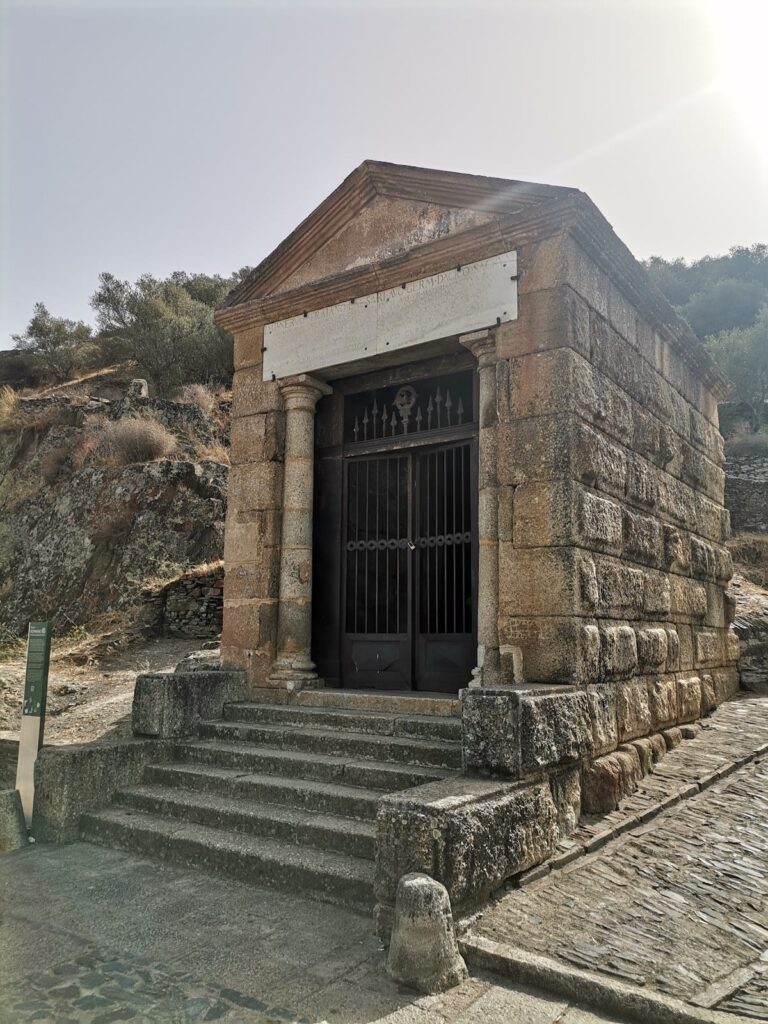Castle of Portezuelo: A Medieval Fortress in Spain
Visitor Information
Google Rating: 4.3
Popularity: Very Low
Google Maps: View on Google Maps
Country: Spain
Civilization: Unclassified
Remains: Military
History
The Castle of Portezuelo, situated in the municipality of Portezuelo in Spain, was originally built by the Almohads during their 12th-century invasion of al-Ándalus. This period marked the decline of the Almoravid empire, and the fortress was erected around 1147 as part of the military efforts to secure control over the region.
In 1167, the castle fell into the hands of King Fernando II of León. Recognizing its strategic importance, he entrusted its care to the Order of the Temple, commonly known as the Knights Templar, a religious-military order prominent during the medieval Reconquista. Later, in 1196, the fortress was recaptured by Almohad forces, reflecting the ongoing contest for territory between Christian and Muslim powers in the Iberian Peninsula.
By 1213, Alfonso IX of León launched a reconquest and reclaimed the castle for the Christian kingdom. He subsequently transferred ownership to the Order of San Julián del Pereiro, the religious military group which later became known as the Order of Alcántara. Throughout the subsequent centuries, this order maintained the castle’s defensive role for the inhabitants of the Alagón Valley, given its key position south of Coria along the route to Cáceres through the Tagus River valley.
The castle’s original name, Portillo, evolved linguistically over time through Portichuelo before becoming Portezuelo, signifying its function as the gateway or pass controlling access to Coria. Locally, it carries the nickname Marmionda, a name inspired by a traditional legend recounting a love story between a Moorish governor’s daughter and a Christian captain. This tale, though not historically verified, highlights the castle’s lasting place in regional folklore.
The fortress underwent several renovations, with the last major structural updates taking place in the 16th century. Despite these efforts, it was eventually abandoned in the latter half of the 17th century. The site gained official recognition for its cultural value in the 20th century, receiving protection under Spanish heritage laws by 1949 and again in 1985. Late in the century, restoration and consolidation work stabilized the ruins without restoring the castle to its full former condition. Since 2007, a nearby athletic competition called “Subida al Castillo de Portezuelo” has been organized to commemorate the castle’s enduring presence in the community.
Remains
The Castle of Portezuelo occupies a square-shaped site, reflecting typical medieval military architectural principles designed for defense and control. Its construction includes robust curtain walls topped with pyramidal merlons—these are the solid, pyramid-shaped projections along the battlements designed for protection and firing positions. Positioned strategically atop the site, the castle guarded a vital pass leading to Coria, overseeing movement along this important route south of the city and toward Cáceres.
Two circular towers anchor the fortress’s defenses. The northeast tower served as the keep, known in Spanish as the “torreón de homenaje,” which functioned as the main fortified residence and last point of refuge during a siege. On the northwest side stands a second circular tower, which has been reconstructed and restored in recent times. However, this restoration introduces architectural elements that differ stylistically from the original medieval construction, creating a visual contrast with the rest of the complex.
In front of the main defensive walls lies a barbican, a fortified outer defense structure that provided an additional protective barrier against attackers. Inside the fortress’s perimeter, there is a spacious inner courtyard or “patio de armas,” which would have served as the assembly point for defenders and a working area for military activities during the castle’s active use. Adjacent to this space is a large cistern, referred to as an “aljibe” in Spanish, designed to collect and store rainwater, a vital feature for sustaining occupants during periods of siege or drought.
Today, the castle remains in a state described as consolidated ruin. Restoration efforts in the late 20th century focused on stabilizing the existing structures to prevent further decay while respecting the site’s historical authenticity. This approach ensures that the castle’s main features remain visible and protected, offering a tangible link to the past defensive and administrative roles it played in the region. The site’s architectural elements continue to reflect its strategic military importance throughout medieval history without large-scale modern alterations beyond the necessary conservation work.









